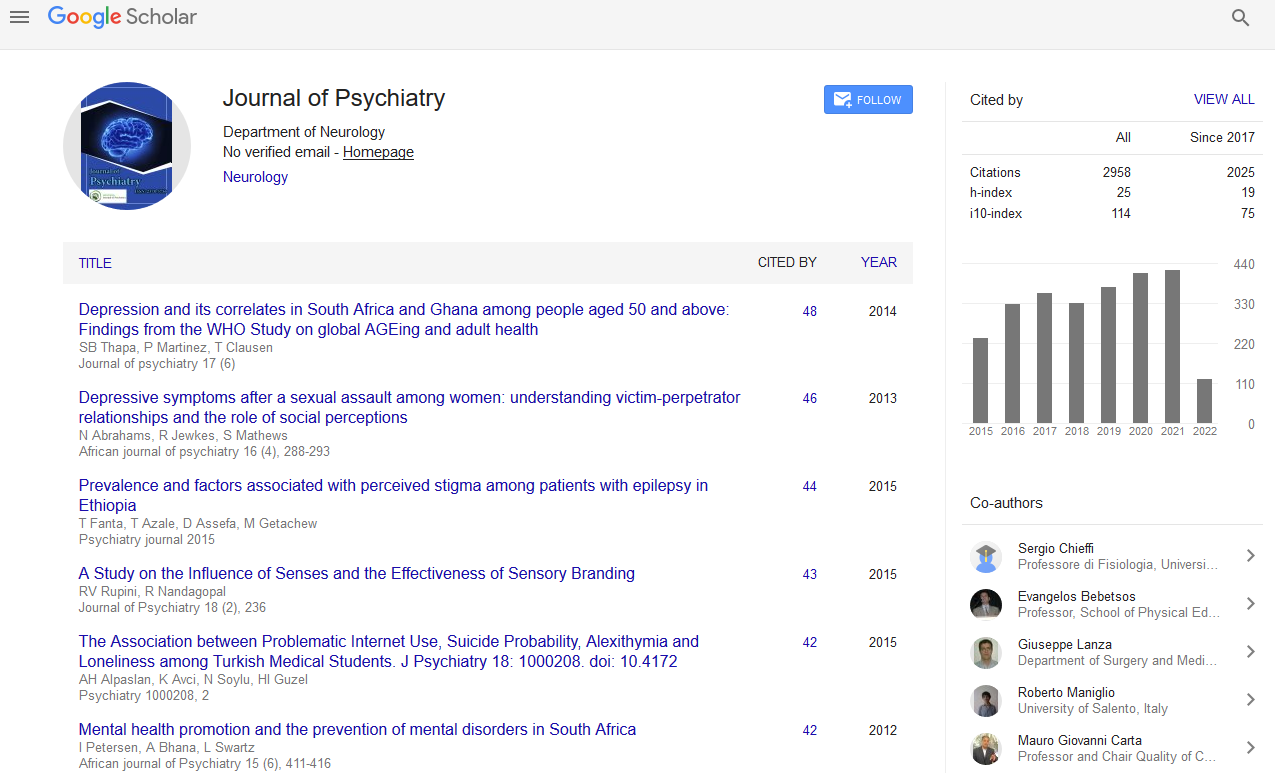PMC/PubMed Indexed Articles
Indexed In
- RefSeek
- Hamdard University
- EBSCO A-Z
- OCLC- WorldCat
- SWB online catalog
- Publons
- International committee of medical journals editors (ICMJE)
- Geneva Foundation for Medical Education and Research
Useful Links
Share This Page
Open Access Journals
- Agri and Aquaculture
- Biochemistry
- Bioinformatics & Systems Biology
- Business & Management
- Chemistry
- Clinical Sciences
- Engineering
- Food & Nutrition
- General Science
- Genetics & Molecular Biology
- Immunology & Microbiology
- Medical Sciences
- Neuroscience & Psychology
- Nursing & Health Care
- Pharmaceutical Sciences
Abstract
Brain abscess in Cyanotic Heart Disease
Ramchandran Muthaih
Brain abscess (BA) is an intraparenchymal infection of brain parenchyma and begins with a localized area of inflammatory change stated as cerebritis, attain immature capsule stage and so to abscess, containing pus encapsulated by a vascularized membrane. The capsule serves to stop the infective process from becoming generalized and it also create within it an inflammatory soup which will impede resolution of the infection. The incidence of brain abscess is about 8% of intracranial masses in developing countries and in cyanotic cardiopathy its incidence varies from 5 to 18.7%. In patients with right-to-left shunts, absence of pulmonary phagocytic clearance of pathogens can occur and therefore the ischemic injury from hypoxaemia and polycyathaemia, produce low perfusion areas within the brain which can act as a nidus for infection and anaerobic streptococci are the foremost common agents isolated in cyanotic cardiopathy with brain abscess. All abscesses that are greater than (>) 1 cm produce positive scans and CT brain appears to be adequate in most cases of brain abscess. Third generation cephalosporins combined with metronidazole for two weeks followed by 4 weeks of oral therapy is that the medical treatment of choice for cyanotic brain abscess. Surgical techniques like drainage via burr-hole, complete excision after craniotomy, migration technique and neuroendoscopic technique with freehand stereotaxy have also been practiced within the treatment of brain abscess (BA).
Published Date: 2021-03-29;


